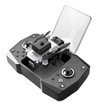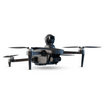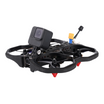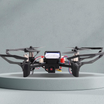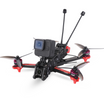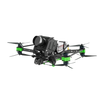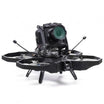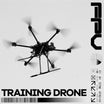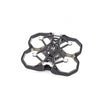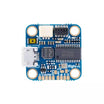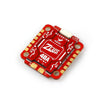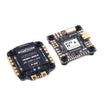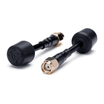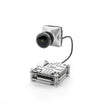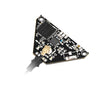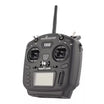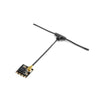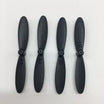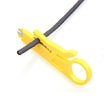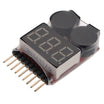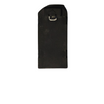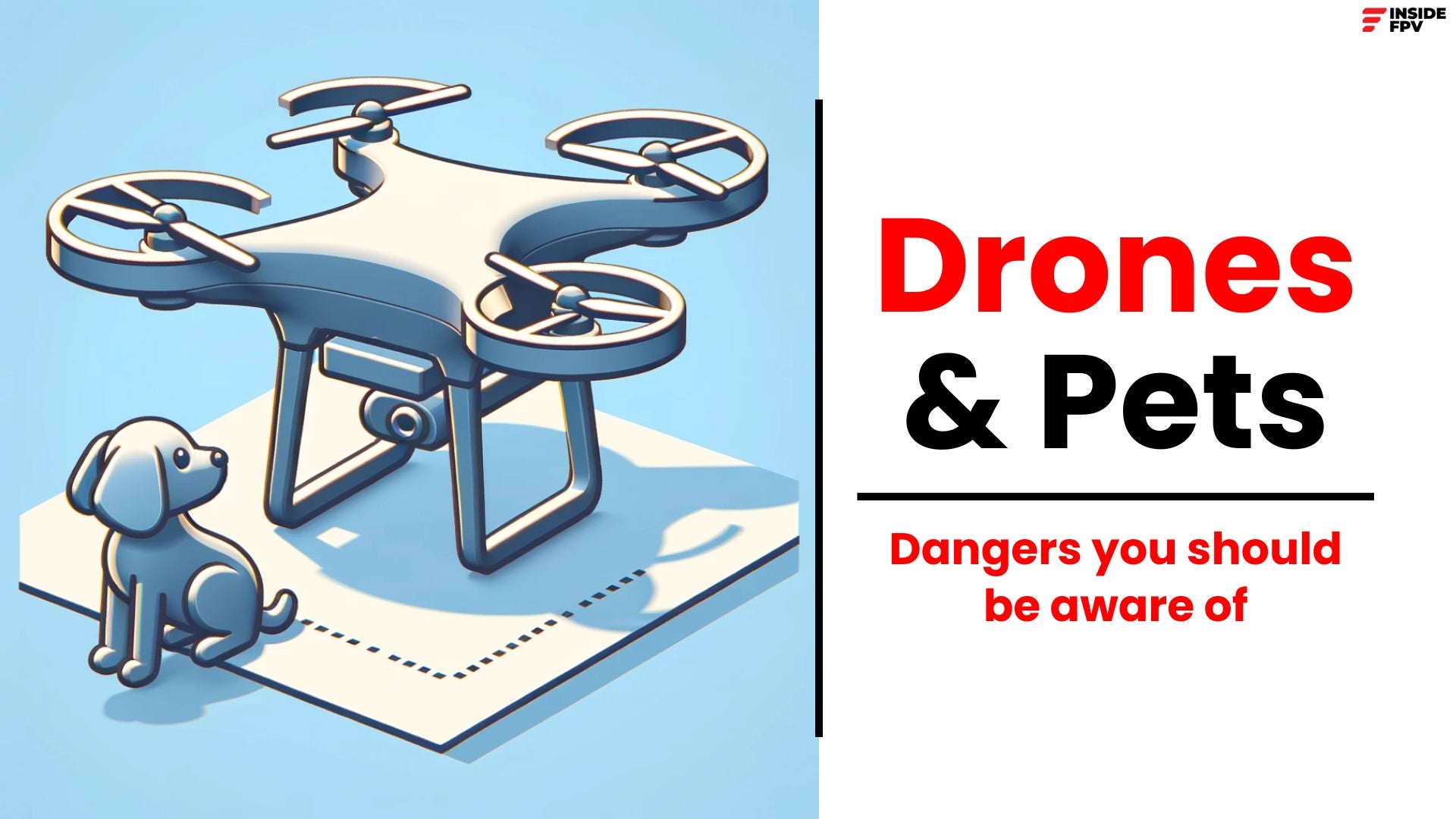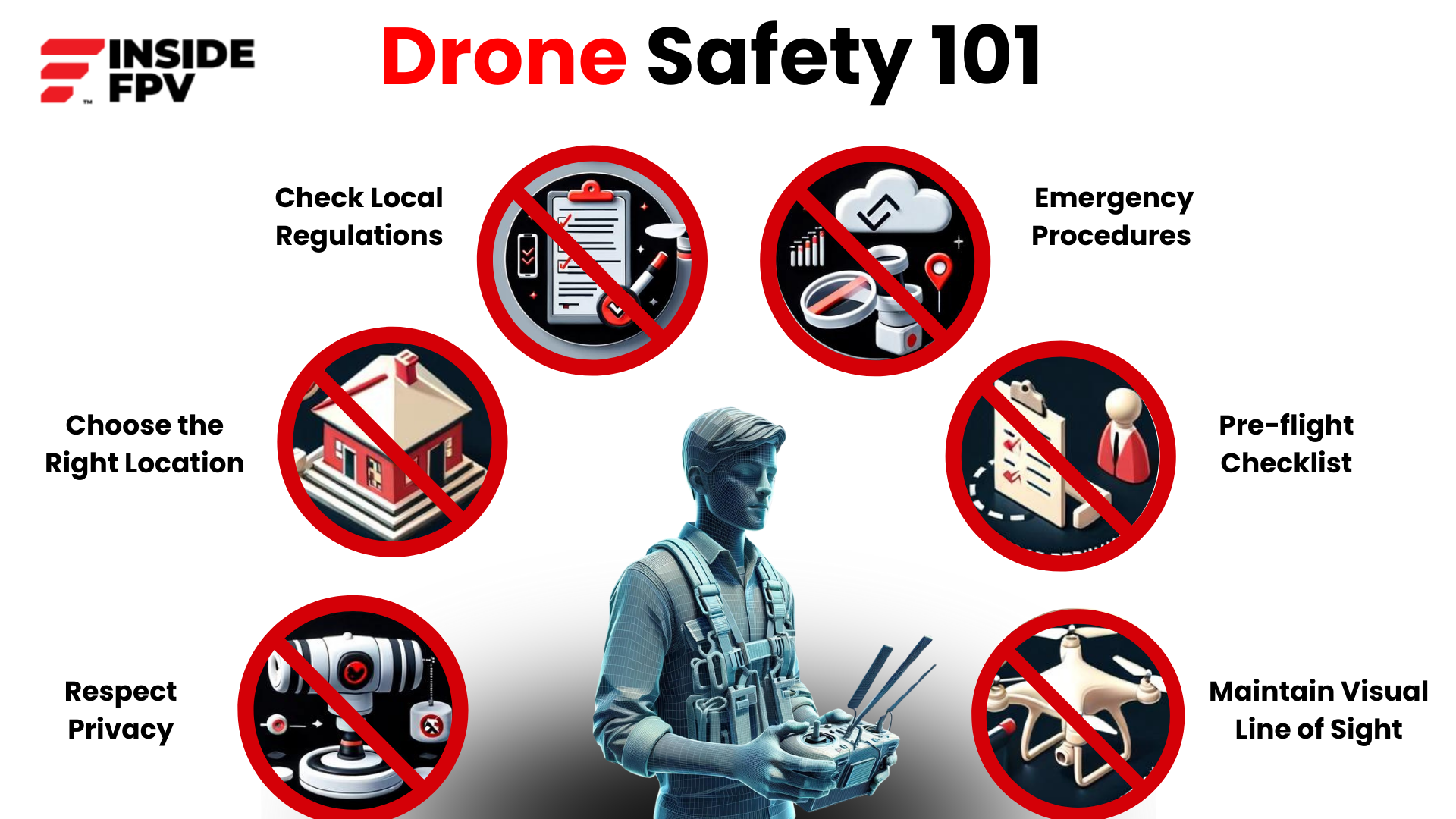As you embark on the exhilarating journey of drone piloting, one crucial component emerges as the bridge between you and your aerial companion – the remote controller. This unassuming device holds the power to transform your wildest dreams of flight into reality, serving as the command center from which you orchestrate your drone's every move. In this comprehensive guide, we'll unravel the secrets of remote controllers, unveiling their importance, functionality, and the key factors to consider when choosing the perfect one for your needs.
Introduction
Imagine yourself controlling your drone through the sky like a skilled pilot while standing on the ground with your eyes fixed on a screen or goggles. The remote controller, a gadget that converts your physical inputs into exact instructions for your drone, enables this immersive experience. To fully use an unmanned aerial vehicle (UAV), whether you're a professional looking into business applications or a hobbyist looking for thrills from the air, you must become proficient in remote control.
The Importance of Remote Controllers
Remote controllers serve as the ultimate command center, granting you complete control over your drone's movements, camera functions, and various advanced features. They act as the bridge between your intentions and your drone's actions, ensuring seamless communication and responsiveness. Without a reliable remote controller, your drone would be akin to a ship without a rudder, aimlessly drifting through the skies.
Understanding Remote Controller Functionality
At the heart of every remote controller lies a sophisticated communication system that transmits your commands to your drone. This communication typically occurs over radio frequencies, with the controller encoding your inputs into digital signals that are then transmitted to the drone's receiver. The receiver, in turn, decodes these signals and relays them to the flight controller, which executes the corresponding actions.
Choosing the Right Remote Controller
With a multitude of remote controllers available on the market, selecting the right one can be a daunting task. Here are some key factors to consider:
- Compatibility: Ensure that the remote controller is compatible with your drone's make and model, as well as any additional features you might require, such as support for first-person view (FPV) or advanced telemetry data.
- Range: The effective range of a remote controller determines how far you can venture from your drone while maintaining control. Consider your intended use case – whether you need a long-range controller for mapping or surveying missions, or a shorter range for indoor or urban environments.
- Ergonomics: Comfort is paramount when piloting your drone for extended periods. Look for remote controllers with ergonomic designs that fit comfortably in your hands, reducing fatigue and ensuring precise control.
- Customization: Many advanced remote controllers offer customizable features, such as programmable buttons, adjustable stick tensions, and the ability to create and store custom flight modes or settings for different scenarios.
- Telemetry: Some remote controllers provide real-time telemetry data, displaying crucial information about your drone's flight parameters, battery life, and other vital statistics, allowing you to make informed decisions during flight.
- Durability: Outdoor adventures and mishaps are inevitable when piloting drones. Consider investing in a remote controller with a rugged and weather-resistant design to withstand the rigors of outdoor use.
Maintaining Control: How Remote Controllers Work
Remote controllers typically feature two joysticks or control sticks, each responsible for specific movements and functions. The left stick typically controls the drone's throttle (altitude) and rotation (yaw), while the right stick handles pitch (forward/backward tilt) and roll (left/right tilt). Additional buttons, switches, and dials control functions like camera tilt, photo/video capture, flight mode selection, and more.
Advanced remote controllers often incorporate additional features like built-in screens or heads-up displays (HUDs), providing real-time telemetry data and video feeds from the drone's camera. Some even offer programmable flight modes, allowing you to create custom flight patterns or automate specific maneuvers with a single button press.
Mastering Remote Control: Practice and Familiarity
Like any skill, mastering remote control takes practice and familiarity with your specific controller. Start by familiarizing yourself with the various controls and their functions, and gradually progress to more advanced maneuvers and flight modes. Simulators can be a valuable tool for honing your skills in a risk-free environment before venturing into the great outdoors.
Conclusion
In the ever-evolving world of drone technology, the remote controller stands as the cornerstone of your aerial endeavors. By understanding its importance, functionality, and the key factors to consider when choosing the right one, you can unlock a realm of endless possibilities. Whether you're a hobbyist seeking pure enjoyment or a professional exploring commercial applications, mastering the art of remote control will elevate your drone piloting skills to new heights, allowing you to soar with precision, confidence, and unparalleled control.
FAQs
What is the difference between box and low-profile FPV goggles?
Box goggles use one larger screen, while low-profile goggles have two smaller screens (one per eye) in a more compact design. Low-profile models tend to be more immersive but also more expensive.
What aspect ratios are common for FPV goggle screens?
The two main aspect ratios are 4:3 (more common for analog FPV cameras) and 16:9 (growing in popularity for digital HD video feeds).
What video formats do FPV goggles support?
Most analog FPV goggles support PAL or NTSC formats. For digital HD, they need to be compatible with the video transmission standards used.
How are FPV goggles powered?
Many goggles use removable batteries (disposable or rechargeable), while others can be powered by a mobile battery bank via USB or other ports.
What is the role of the video receiver (VRX) in FPV goggles?
The VRX receives the video transmission from the drone and converts the radio signal into a viewable format for the goggle screens to display.

